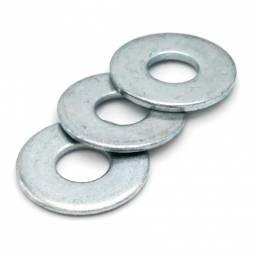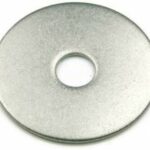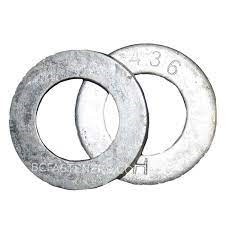Split lock washers, also known as helical spring washers or split ring washers, are types of washers designed to provide a locking action to prevent loosening of fasteners, such as screws and bolts, due to vibrations or other external forces. They are called “split” because they have a split cut, creating a gap in the ring.
Here’s how split lock washers generally work:
- Shape: Split lock washers are typically circular and have a split or gap cut into them, creating two ends.
- Installation: When you place a split lock washer under a nut or bolt head, the tension created by compressing the washer during installation causes the ends of the washer to exert a force against the fastener and the mating surface.
- Locking Action: The spring-like action of the washer generates a constant force that resists rotation and helps prevent the fastener from loosening over time, especially in applications with vibrations.
It’s important to note that while split lock washers are commonly used, there is some debate about their effectiveness in preventing loosening. Some studies suggest that other locking devices, such as nylon-insert lock nuts or toothed lock washers, may be more reliable. It’s essential to consider the specific application and requirements when choosing a locking mechanism for fasteners.





